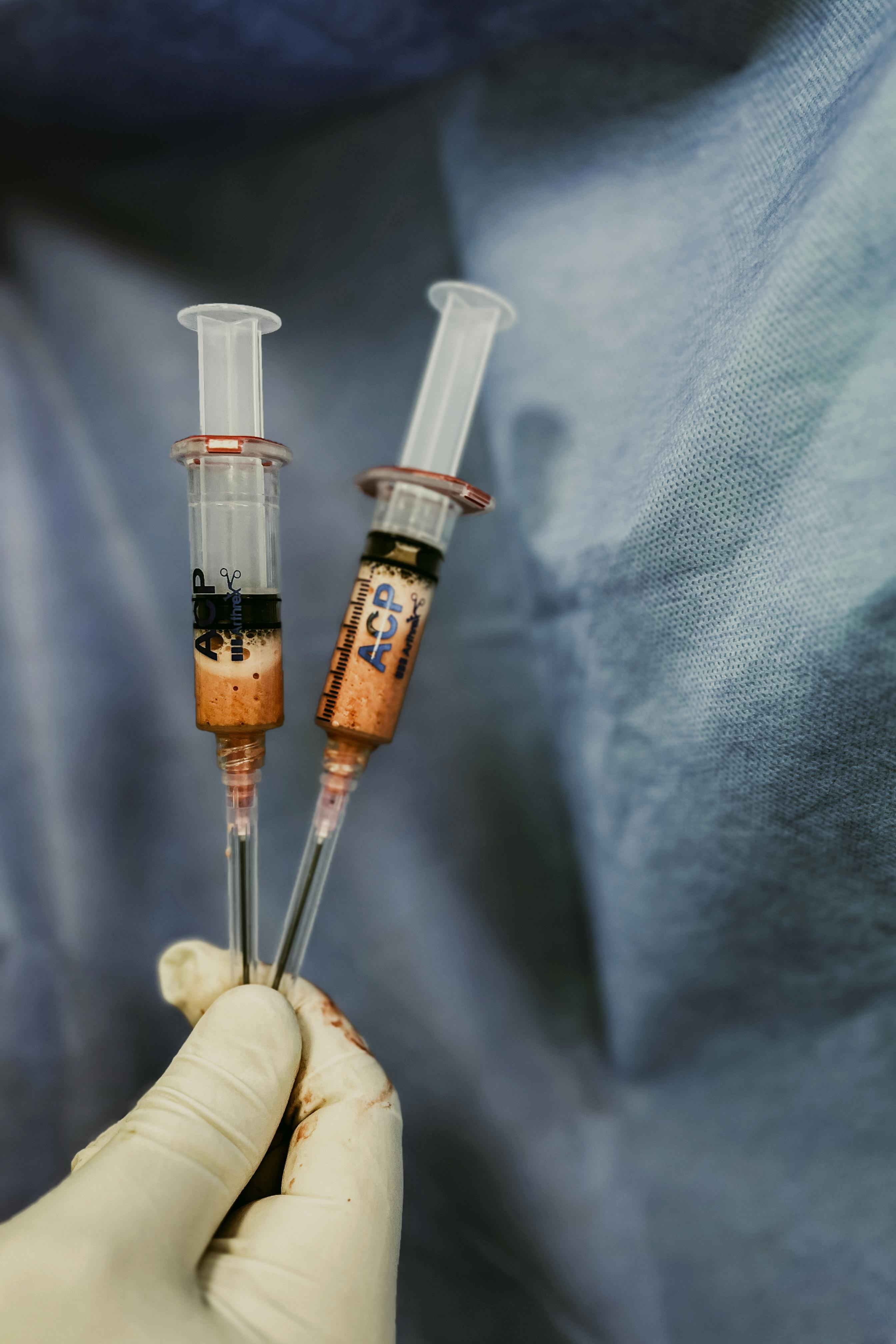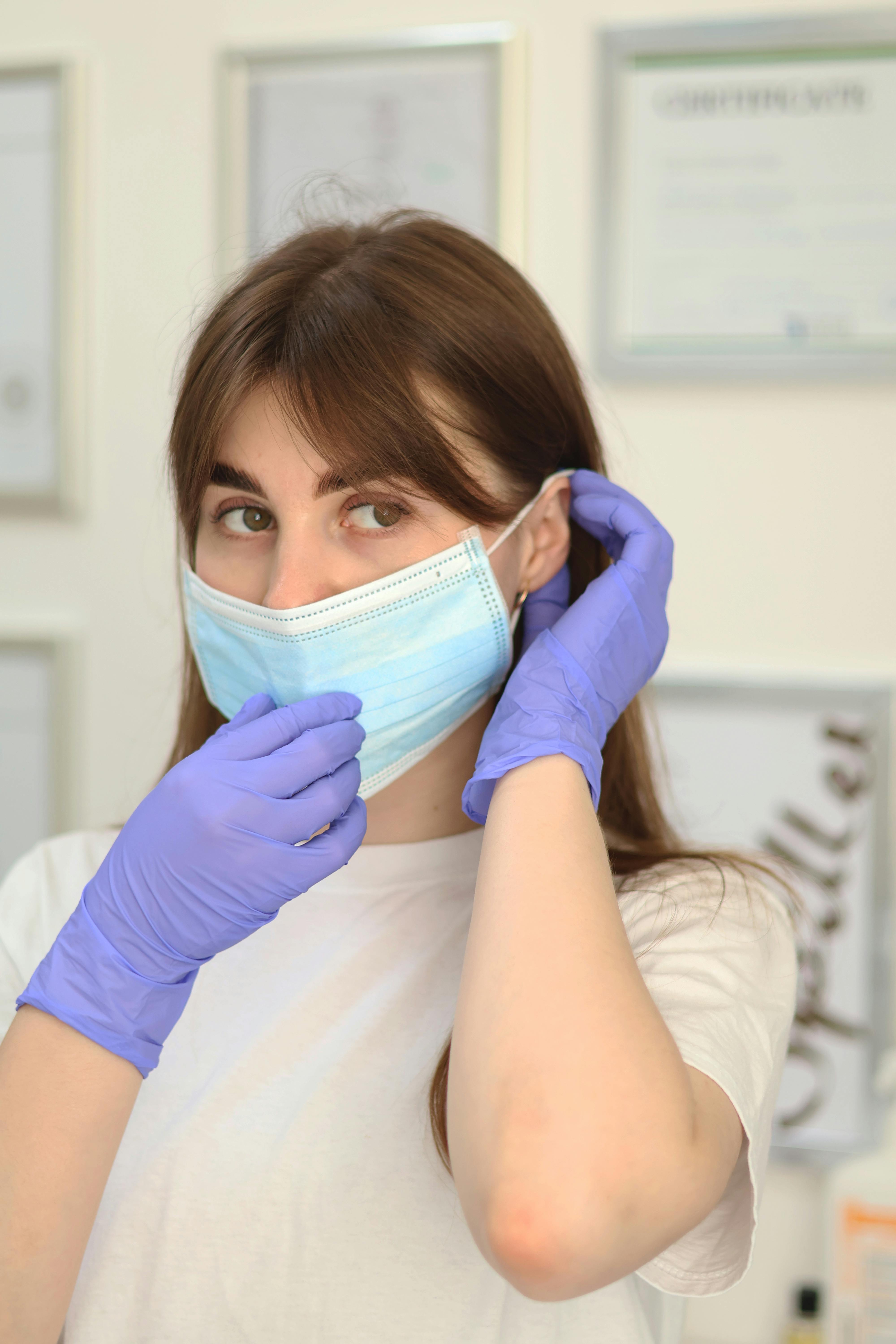Have you ever wondered about the ancient practice of Traditional Chinese Medicine (TCM)? This article will give you a brief insight into the fascinating world of TCM, an ancient healing system that has been used for centuries in China. From acupuncture to herbal remedies, TCM encompasses various techniques aimed at restoring balance and promoting wellness. Join us as we explore the foundations of TCM and the principles that guide its practitioners. Get ready to unlock the secrets of this holistic approach to health and well-being.
What is Traditional Chinese Medicine (TCM)?
Traditional Chinese Medicine (TCM) is a holistic system of medicine that has been practiced for thousands of years in China and other parts of Asia. It encompasses a range of treatments and practices aimed at promoting and restoring balance in the body. TCM is based on the idea that the body’s vital energy, known as Qi, flows through channels or meridians, and any imbalance or blockage in this energy can lead to disease. TCM seeks to restore this balance by using a combination of techniques and therapies, including acupuncture, herbal medicine, dietary therapy, and various manual therapies.
History of TCM
The history of TCM can be traced back over 2,500 years, making it one of the oldest medical practices in the world. It is believed to have originated during the Zhou dynasty in Ancient China. The foundations of TCM are derived from ancient Chinese philosophical traditions, such as Taoism and Confucianism, which emphasize the balance of opposing forces in nature and in the human body. Over the centuries, TCM has evolved and developed, with different schools of thought and regional variations emerging. Today, TCM is recognized as a valuable and distinct form of medicine both in China and in many other parts of the world.
Basic Principles of TCM
TCM is based on several fundamental principles that guide its diagnosis and treatment. These principles include the concepts of Yin and Yang, the Five Elements, and the flow of Qi. Yin and Yang are opposing but complementary forces that exist in every aspect of life, including the human body. Health is achieved when Yin and Yang are in balance, and disease occurs when there is an imbalance between the two. The Five Elements, which include wood, fire, earth, metal, and water, are interconnected and represent different organ systems and bodily functions. Qi, often described as the life force, flows through the meridians of the body, nourishing and sustaining all organs and tissues.
Key Components of Traditional Chinese Medicine (TCM)
Acupuncture
Acupuncture is a key component of TCM and involves the insertion of thin needles into specific points on the body. These acupuncture points are located along the meridians and are believed to correspond to different organs and functions in the body. By stimulating these points, acupuncture aims to regulate the flow of Qi and restore balance within the body. Acupuncture has been used for a wide range of conditions, including pain management, digestive disorders, respiratory issues, and psychological disorders. It is generally considered safe when performed by a trained and licensed practitioner.
Herbal Medicine
Herbal medicine is another important aspect of TCM and involves the use of natural substances, mainly plants, to address imbalances in the body. Herbal formulas are carefully selected and combined to create a personalized treatment plan based on the individual’s symptoms and diagnosis. These formulas can be taken in the form of teas, powders, pills, or topical applications. Herbal medicine has a long history of use in TCM and continues to be an integral part of treatment. However, it is important to note that herbal medicine should be used under the guidance of a qualified TCM practitioner, as certain herbs may interact with medications or have side effects.
Dietary Therapy
Dietary therapy is an essential part of TCM and involves using specific foods and dietary practices to maintain or restore health. According to TCM principles, foods are classified based on their energetic properties, such as temperature, taste, and their effects on specific organs. By selecting the appropriate foods and cooking methods, dietary therapy aims to support the body’s overall balance and promote healing. For example, individuals with a Yin deficiency may be advised to consume cooling foods, while those with a Yang excess may benefit from warming foods. Dietary therapy is often seen as a preventative measure in TCM, as it can help strengthen the body’s natural defenses and prevent the development of disease.

Diagnosis in Traditional Chinese Medicine (TCM)
TCM diagnosis is a comprehensive process that involves observing, palpating, inquiring, and listening and smelling to gain a thorough understanding of an individual’s health condition. These diagnostic methods allow TCM practitioners to identify patterns of disharmony in the body and determine the underlying causes of illness.
Observation
Observation is an important diagnostic tool in TCM and involves assessing the patient’s physical appearance, including their facial complexion, body movements, and the condition of their tongue, eyes, and nails. By carefully observing these external signs, practitioners can gather valuable information about the state of the internal organs and the flow of Qi in the body.
Palpation
Palpation involves touching and feeling different parts of the body, including the pulse and the abdomen. By palpating the pulse, TCM practitioners can detect subtle changes in its quality, rhythm, and strength, which can provide insights into the condition of the organs and the flow of Qi. Abdominal palpation, on the other hand, allows practitioners to assess the condition of the internal organs and identify any areas of tenderness or tension.
Inquiry
Inquiry involves asking the patient a series of questions about their medical history, symptoms, lifestyle, and emotional well-being. These questions help TCM practitioners gather information about the individual’s overall health, as well as any specific factors that may be contributing to their current condition. By understanding the patient’s history and lifestyle, practitioners can tailor their treatment and provide personalized care.
Listening and Smelling
Listening and smelling play a significant role in TCM diagnosis. Practitioners listen to the patient’s voice, cough, and breathing sounds, as well as observe their body odor and breath. These observations can provide valuable information about the state of the organs, the quality of Qi, and the presence of any pathogenic factors, such as dampness or heat.
Commonly Used Techniques in TCM
Cupping Therapy
Cupping therapy involves placing glass or plastic cups on the skin and creating a vacuum by suctioning out the air. This suction stimulates blood flow and helps promote the flow of Qi, as well as relieve muscle tension and pain. Cupping therapy is commonly used for conditions such as back pain, muscle tightness, and respiratory issues. It leaves temporary circular marks on the skin, which usually fade within a few days.
Moxibustion
Moxibustion is a technique that involves burning a dried herb known as mugwort (Artemisia vulgaris) near specific acupuncture points or on the skin. The heat generated by the burning herb helps to stimulate the flow of Qi and restore balance in the body. Moxibustion is often used to treat conditions related to cold and dampness, such as arthritis and digestive disorders. It is considered safe when performed by a trained practitioner, although caution should be exercised to avoid burns.
Gua Sha
Gua Sha is a therapeutic technique that involves scraping the skin with a smooth-edged tool, typically made of jade or horn. The scraping motion stimulates blood circulation, releases tension, and promotes the flow of Qi. Gua Sha is commonly used for muscle pain and tension, as well as to treat respiratory conditions and skin disorders. It may leave temporary redness or bruising on the skin, which usually fades within a few days.
Tui Na
Tui Na is a form of Chinese therapeutic massage that involves applying pressure and manipulating the body’s soft tissues, including the muscles and tendons. Tui Na aims to promote the flow of Qi and blood, relieve blockages, and restore balance within the body. It is often used in combination with acupuncture and other TCM therapies to treat musculoskeletal disorders, pain, and various other conditions. Tui Na can be both relaxing and invigorating, and its techniques can range from gentle to firm, depending on the individual’s needs.

Conditions Treated with TCM
TCM is known for its effectiveness in treating a wide range of conditions. Some of the most common conditions treated with TCM include:
Pain Management
TCM offers various techniques and therapies that can help manage pain, including acupuncture, herbal medicine, and manual therapies like cupping, moxibustion, and Tui Na. These modalities can be particularly helpful for musculoskeletal pain, headaches, menstrual pain, and postoperative pain.
Digestive Disorders
TCM recognizes the importance of a healthy digestive system for overall well-being. Herbal medicine, dietary therapy, and acupuncture can be used to treat a range of digestive disorders, such as bloating, indigestion, irritable bowel syndrome (IBS), and gastritis.
Respiratory Issues
TCM has long been used to treat respiratory conditions, including asthma, bronchitis, allergies, and common colds. Acupuncture and herbal medicine can help alleviate symptoms, reduce inflammation, and strengthen the respiratory system.
Psychological and Emotional Disorders
TCM views the mind and body as interconnected, and therefore recognizes the importance of mental and emotional well-being for overall health. Acupuncture, herbal medicine, and Tui Na can be used to treat various psychological and emotional disorders, such as anxiety, depression, insomnia, and stress.
Benefits of Traditional Chinese Medicine (TCM)
Holistic Approach
One of the key benefits of TCM is its holistic approach to health and well-being. TCM views the body as a whole, with each part and system interconnected and interdependent. This holistic perspective allows TCM practitioners to address the root causes of illness and promote overall balance and harmony within the body.
Individualized Treatment
Another advantage of TCM is its emphasis on personalized and individualized treatment. TCM practitioners take into account a person’s unique constitution, health history, and current symptoms to develop a tailored treatment plan. This personalized approach ensures that the treatment addresses the specific needs of the individual and increases the likelihood of successful outcomes.
Minimal Side Effects
TCM therapies, such as acupuncture and herbal medicine, are generally considered to have minimal side effects when administered by trained and licensed practitioners. Compared to some conventional medical treatments, which can often come with unwanted side effects, TCM offers a more natural and gentle approach to healing. However, it is important to consult with a qualified TCM practitioner and disclose any allergies or sensitivities before undergoing any TCM treatment.

Criticism and Controversies Surrounding TCM
While TCM has gained popularity and acceptance in many parts of the world, it is not without its criticisms and controversies. Some of the main concerns surrounding TCM include:
Lack of Scientific Evidence
One of the key criticisms of TCM is the limited scientific evidence supporting its effectiveness and mechanisms of action. While there have been studies on various TCM therapies, such as acupuncture and herbal medicine, more high-quality research is needed to fully understand their efficacy and safety.
Endangered Animal Use
Another controversy surrounding TCM is the use of endangered animal products in certain traditional remedies and practices. Despite efforts to curb illegal wildlife trade and protect endangered species, there are still instances of the use of animal parts, such as tiger bones and rhinoceros horn, in some TCM preparations. This raises ethical concerns and underscores the importance of promoting sustainable and ethical practices within the industry.
Quality Control of Herbal Medicine
The quality control and safety of herbal medicines used in TCM can be a cause for concern. While there are regulations in place in many countries, there have been instances of adulteration, contamination, or misidentification of herbs. These issues emphasize the need for strict quality control measures and standardized testing to ensure the safety and efficacy of herbal products used in TCM.
Integration of TCM and Western Medicine
In recent years, there has been growing recognition of the potential benefits of integrating TCM with Western medicine. This integration allows for a more comprehensive and collaborative approach to patient care. Some medical institutions now offer integrative medicine programs that combine TCM therapies with conventional treatments, fostering cooperation and research between practitioners of both systems.
Combining Approaches
Integrative medicine often involves combining TCM therapies, such as acupuncture or herbal medicine, with Western medical treatments, such as medications or surgery. This combined approach can enhance the effectiveness of treatment and provide patients with a broader range of options for managing their health conditions.
Cooperation and Research
The integration of TCM and Western medicine also encourages cooperation and collaboration between practitioners from both fields. This collaboration can lead to research studies that investigate the effectiveness and safety of TCM therapies, as well as explore their mechanisms of action. Such research is crucial for advancing our understanding of TCM and may contribute to the development of evidence-based treatment guidelines.

Education and Training in TCM
To become a qualified TCM practitioner, individuals must complete appropriate education and training programs. The requirements may vary depending on the country and jurisdiction. However, there are some common pathways to becoming a licensed TCM practitioner.
Institutional Education
Many countries offer institutional education programs in TCM, which include comprehensive training in areas such as acupuncture, herbal medicine, diagnostic techniques, and TCM theory. These programs typically involve several years of full-time study and provide students with the necessary knowledge and skills to practice TCM safely and effectively.
Apprenticeships
In some traditions, TCM practitioners may undergo apprenticeships or mentorships with experienced practitioners. This hands-on training allows aspiring practitioners to learn directly from experienced mentors and gain practical experience in clinical settings. Apprenticeships can provide invaluable insights into the art and practice of TCM, complementing the theoretical knowledge gained through institutional education.
Licensing and Certification
After completing the required education and training, individuals are typically required to obtain licensing or certification to practice TCM legally. Licensing and certification requirements vary by jurisdiction, but they often involve passing national or regional examinations to demonstrate competency and adherence to professional standards.
Conclusion
Traditional Chinese Medicine (TCM) is a rich and ancient system of medicine that offers a holistic approach to health and well-being. With its emphasis on individualized treatment, TCM aims to restore balance and harmony within the body, addressing the underlying causes of illness rather than just alleviating symptoms. While TCM has its critics and controversies, it continues to be valued and practiced by millions of people worldwide. The integration of TCM with Western medicine holds promise for enhancing patient care and fostering collaboration between practitioners of both systems. With ongoing research and support, TCM has the potential to play a valuable role in the future of healthcare.

